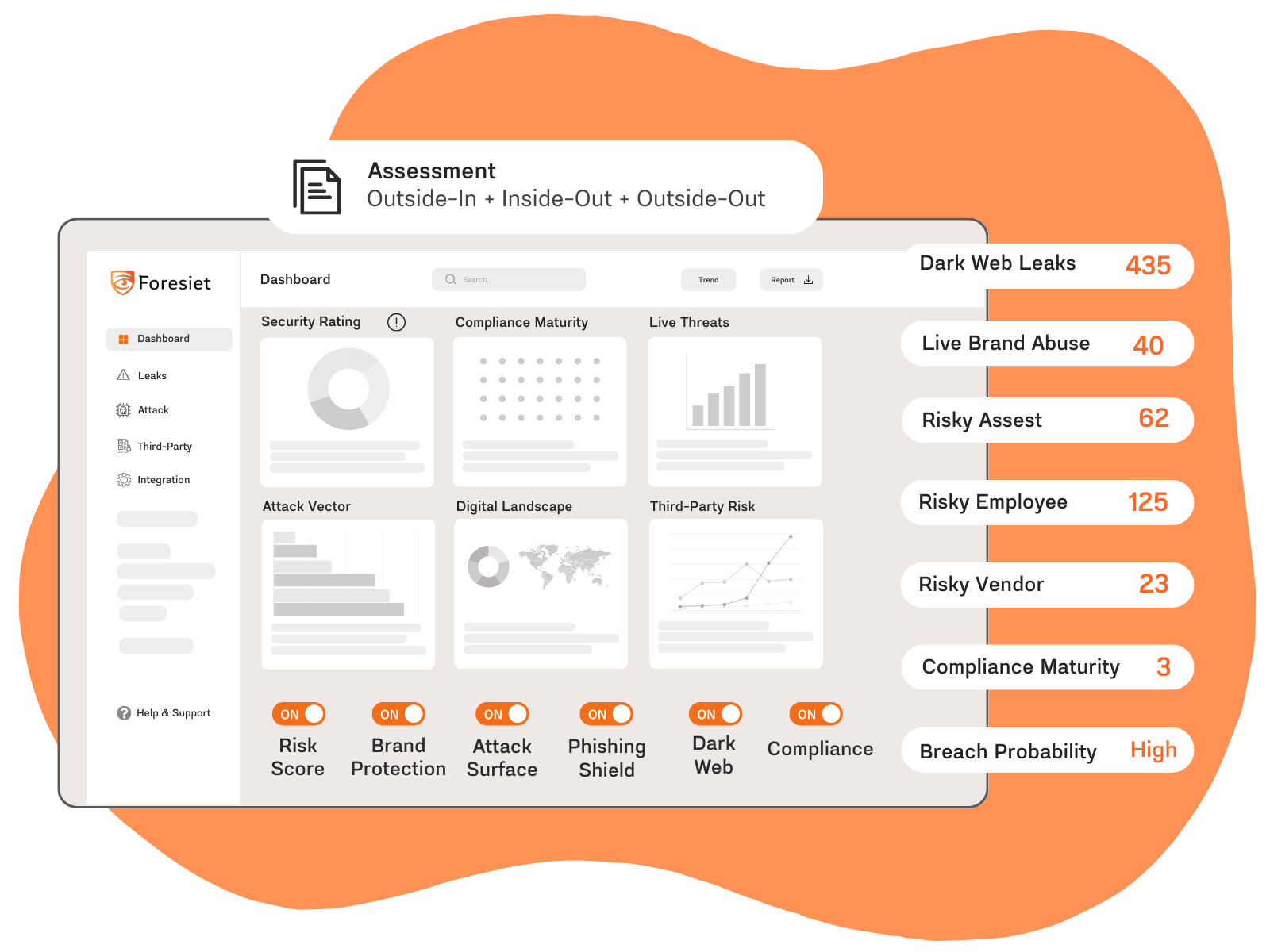Governments Urge Stronger Security and Resilience for Undersea Cables

Introduction
The U.S. government, along with global partners, is calling for immediate action to strengthen the security and resilience of undersea cable infrastructure. These cables, vital to the global economy and communications, transmit vast amounts of data, making them critical to the world’s digital infrastructure. A joint statement endorsed by nations such as the U.S., UK, Canada, France, and several EU member states, underscores the national security risks associated with these essential systems and the growing threat of cyberattacks.
The Importance of Securing Undersea Cables
Undersea cables are responsible for carrying over 95% of the world’s internet traffic, making them a prime target for sabotage, espionage, and cyberattacks. With rising geopolitical tensions, particularly the conflict between Russia and Ukraine, China’s increasing actions toward Taiwan, and the growing U.S.-China rivalry, the risk of such attacks is more imminent than ever. Damage to these cables could lead to catastrophic disruptions in global communications and internet services, affecting both economic growth and national security.
The joint statement calls for nations to adopt a comprehensive strategy to protect not just the physical cables, but all related infrastructure including landing stations, software, and the terrestrial components of the cable system.
The Global Strategy for Resilient Undersea Cables
The joint statement highlights several key principles for enhancing the security of undersea cables, emphasizing the need for a shared global approach. These principles include:
- Secure-by-Design Infrastructure: Governments are urged to ensure that new and existing undersea cables are designed with cybersecurity best practices in mind. This includes implementing strong data security measures to safeguard cable networks against unauthorized access during both transmission and storage.
- Risk Mitigation Frameworks: A strong emphasis is placed on creating data risk mitigation frameworks to prevent interception or tampering with the information flowing through these cables. This is critical for protecting the integrity and privacy of global communications.
- Cooperation for Secure Providers: To ensure global communications are secure, nations should promote the selection of reliable and verifiable subsea cable providers, advancing cooperation to enhance the security of future cable projects. Route diversity should also be considered to avoid reliance on any one geographical area, reducing the risk of disruptions.
- Government and Industry Collaboration: Governments and industry leaders are encouraged to work closely together to support the deployment, maintenance, and repair of these essential infrastructures. This cooperation will foster better management of potential risks and ensure that undersea cables remain secure.
- Best Practices for Permitting and Regulation: Governments are advised to share best practices for regulating and permitting international cable systems. This will facilitate smoother coordination between nations and ensure adherence to security standards.
- Regular Security Assessments: Continuous evaluation of both technical and non-technical security risks across the entire lifecycle of undersea cables is vital. By conducting regular risk assessments, countries can stay ahead of potential threats and address vulnerabilities in the infrastructure.
Geopolitical Tensions and the Risk to Global Communications
Recent geopolitical events have highlighted the urgency of protecting undersea cables from sabotage and cyberattacks. With the growing reliance on communication technologies and the critical role these cables play in the transmission of data, the impact of an attack on these systems could be devastating. It could lead to widespread internet outages, affecting governments, businesses, and millions of individuals worldwide.
Governments are particularly concerned about the potential for foreign adversaries to exploit vulnerabilities in undersea cables for intelligence gathering or to disrupt services during conflicts. Ensuring the security of these cables is essential for maintaining global stability in times of political uncertainty.
Conclusion
The joint call to action by the U.S. and its global partners serves as a reminder of the growing threats to the world’s critical infrastructure, particularly undersea cables. With so much at stake, governments and industry leaders must prioritize the security and resilience of these systems. By adopting secure-by-design principles, promoting cooperation, and implementing robust risk mitigation frameworks, nations can safeguard the global communications networks that underpin modern economies and societies.
A proactive approach is essential in preventing potential disruptions, espionage, and sabotage that could have far-reaching consequences. As the world becomes increasingly connected, the security of undersea cables becomes not just a national issue, but a global priority.
About Foresiet!
Foresiet is the pioneering force in digital security solutions, offering the first integrated Digital Risk Protection SaaS platform. With 24x7x365 dark web monitoring and proactive threat intelligence, Foresiet safeguards against data breaches and intellectual property theft. Our robust suite includes brand protection, takedown services, and supply chain assessment, enhancing your organization's defense mechanisms. Attack surface management is a key component of our approach, ensuring comprehensive protection across all vulnerable points. Compliance is assured through adherence to ISO27001, NIST, GDPR, PCI, SOX, HIPAA, SAMA, CITC, and Third Party regulations. Additionally, our advanced antiphishing shield provides unparalleled protection against malicious emails. Trust Foresiet to empower your organization to navigate the digital landscape securely and confidently.
Protect your brand, reputation, data, and systems with Foresiet's Integrated Digital Risk Platform. 24/7/365 threat monitoring for total peace of mind.


July 10, 2025, 9 a.m.
